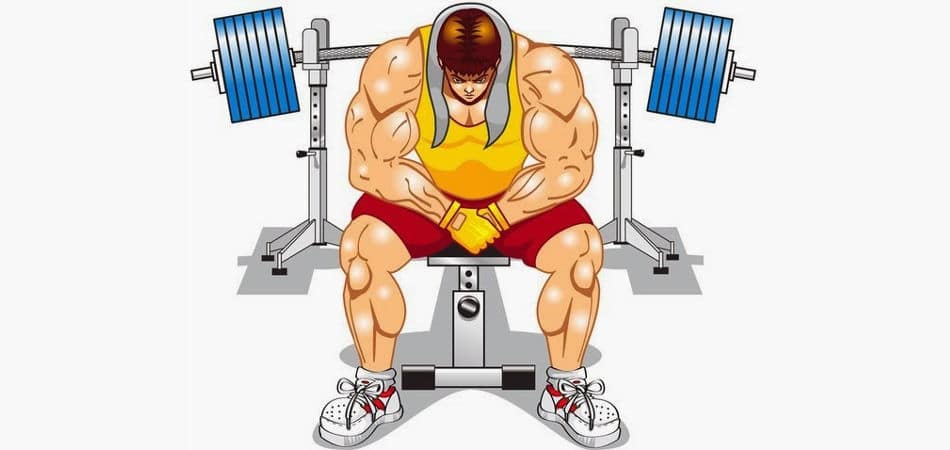

Training five days per week is relatively common, with many lifters hitting the gym before or after their workday, but it’s not necessary. Training only two days per week can yield some results, but not for the type of long-term approach needed to pack on quality size. If you stick with three or four weight training workouts per week, you’re generally in a great place to get results - especially when you’re first starting. Whenever you’re training for muscle growth (and, with few exceptions, training in general), more training doesn’t necessarily equate to more results. That will determine the weekly framework for your entire plan. But before you can even get that far, you first need to know how many total workouts you will perform each week. Knowing your training split, or which body parts will be trained in each workout, is one of the first steps in designing a program. Just because you want to add muscle and build your body doesn’t mean you have to train “like a bodybuilder” with stereotypical two-hour workouts six days a week. Credit: Dean Drobot / Shutterstockįortunately, there are plenty of different types of workouts and training methods that can all deliver outstanding results. Despite what you might see in advertisements trying to sell you an alternative, it’s an essential step you cannot avoid.

Wanting to build muscle without exercising is like expecting groceries to just show up in your refrigerator without leaving to go to the store (or at least ordering Amazon Fresh). Here’s a more detailed breakdown of each step on the path to more muscle. Just like you wouldn’t skip a training session or a meal and expect good results, you can’t miss a chance to recover. These types of “have to, but don’t want to” activities are what separates goal-reachers from goal-wishers. If you do go, it’s to perform low-intensity exercises like… stretching. You spend time in the kitchen, but it’s to cook food for future meals, not to eat immediately. Recovery is the least glamorous aspect of building muscle because it’s the most passive. You can only recover after you’ve trained, and you can’t correctly train if you haven’t recovered. Training and recovery are two sides of the same coin.

The third leg of the growth table is sleep or, more generally, recovery. However, over-focusing on higher calories without enough attention to the specific foods, or at least the particular macronutrients (protein, carbohydrates, and fats), will make you “bigger” without necessarily becoming “more muscular” because body fat and lean muscle tissue are two very different things. It’s certainly more enjoyable to eat a hearty breakfast of steak and eggs than performing grueling high-intensity set after set in the gym. What you do with it - the sets, reps, training intensity, and actual exercises - will determine how much muscle growth you trigger.Įating food to build muscle is, for many people, the fun part of adding size.

You can apply resistance with kettlebells, resistance bands, bodyweight exercises, or oddly shaped rocks. You don’t need to lift “weights”, as in barbells or dumbbells. You’re on the right track if you interpret “lift weights” to mean the more wordy-but-accurate “utilize resistance training to trigger a hypertrophy response”. Unfortunately, it isn’t as simple as “lift weights, eat food, sleep, and grow.” While that summary does get the very rough idea across, several vital details will make or break your results. ( 1) Muscle protein synthesis (MPS) essentially means the physiological process responsible for creating new muscle tissue.
#REST TIME FOR MUSCLE GROWTH HOW TO#
How to Build Muscleįundamentally, building muscle comes down to stimulating and supporting “muscle protein synthesis” with specific training and nutrition practices. Here’s everything you need to know about building muscle. The right approach to training, combined with plenty of goal-focused eating and long-term dedication, can deliver drastic and sometimes unbelievable results. Or maybe you want a confidence boost and to improve your health. There’s certainly nothing wrong with wanting to transform from the proverbial weakling into a larger, stronger, more confident version of yourself. Ask 100 people in the gym what their goal is, and it’s a safe bet you’ll hear “I wanna get bigger” more often than not.


 0 kommentar(er)
0 kommentar(er)
